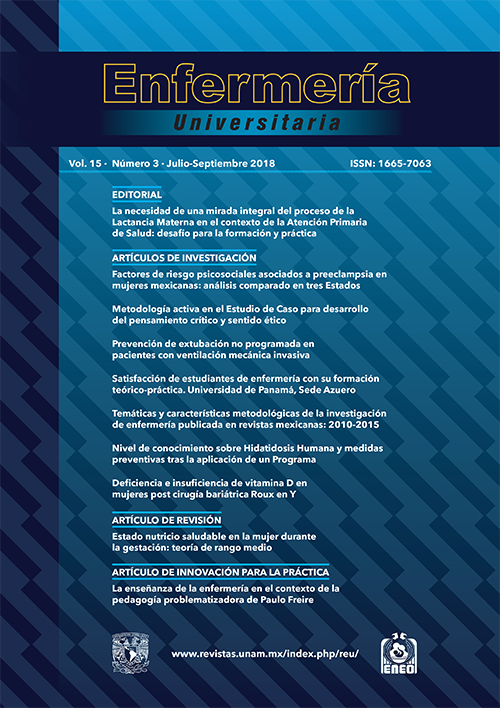Level on knowledge on human hydatidosis and its preventive measures after an educational program
Main Article Content
Abstract
Introduction: Peru is probably the country in the region of the Americas with the highest prevalence of cystic hydatidosis, and because during childhood is when the infection generally is acquired, it is important to develop strategies in order to prevent it.
Objective: To determine the level of knowledge about human hydatidosis after the implementation of an educational preventing program on children of the 5th grade at a school at Huancavelica, Peru.
Methodology: This is a quasi-experimental study with control and experimental groups and pre-post tests on a sample of 56 children (28 per group) who met the selection criteria. Sampling was non probabilistic. A questionnaire was given in order to assess the corresponding levels of knowledge, including that on the preventing measures. The program was based on the Operative Educational Model of Bustos. Paired Student’s t tests were calculated.
Results: The level of knowledge on human hydatidosis before the educational intervention was 50% between medium or high (17.5 ± 3.4), but after the program, 100% showed a high level of knowledge (26.8 ± 1.9) p=0.001. Specific knowledge on preventive measures before the intervention was 25% low, 57.1% medium, and 17.9% high (5.5 ± 2.2), and after the program, the levels were 10.7% medium and 89.3% high (9.1 ± 1.4) p=0.001. The control group did not show changes in the scores.
Conclusions: The educational program improved the knowledge on hydatidosis and its preventive measures.
Article Details
Dimensions citation
MÉTRICAS

This work is licensed under a Creative Commons Attribution-NonCommercial-NoDerivatives 4.0 International License.
Enfermería Universitaria by Universidad Nacional Autónoma de México it is distributed under the License Creative Commons Attribution - NonCommercial - NoDerivatives 4.0 International
Accepted and published articles become open-access under the terms of the Creative Commons CC BY-NC-ND 4.0 license, which authorizes the reproduction and sharing without commercial purposes, provided the corresponding acknowledgments to their authors. Authors are allowed to manage a self-archive copy of the article’s published version so that they can open-access it in their personal or institutional web pages, and/or any other broad-diffusion space.

